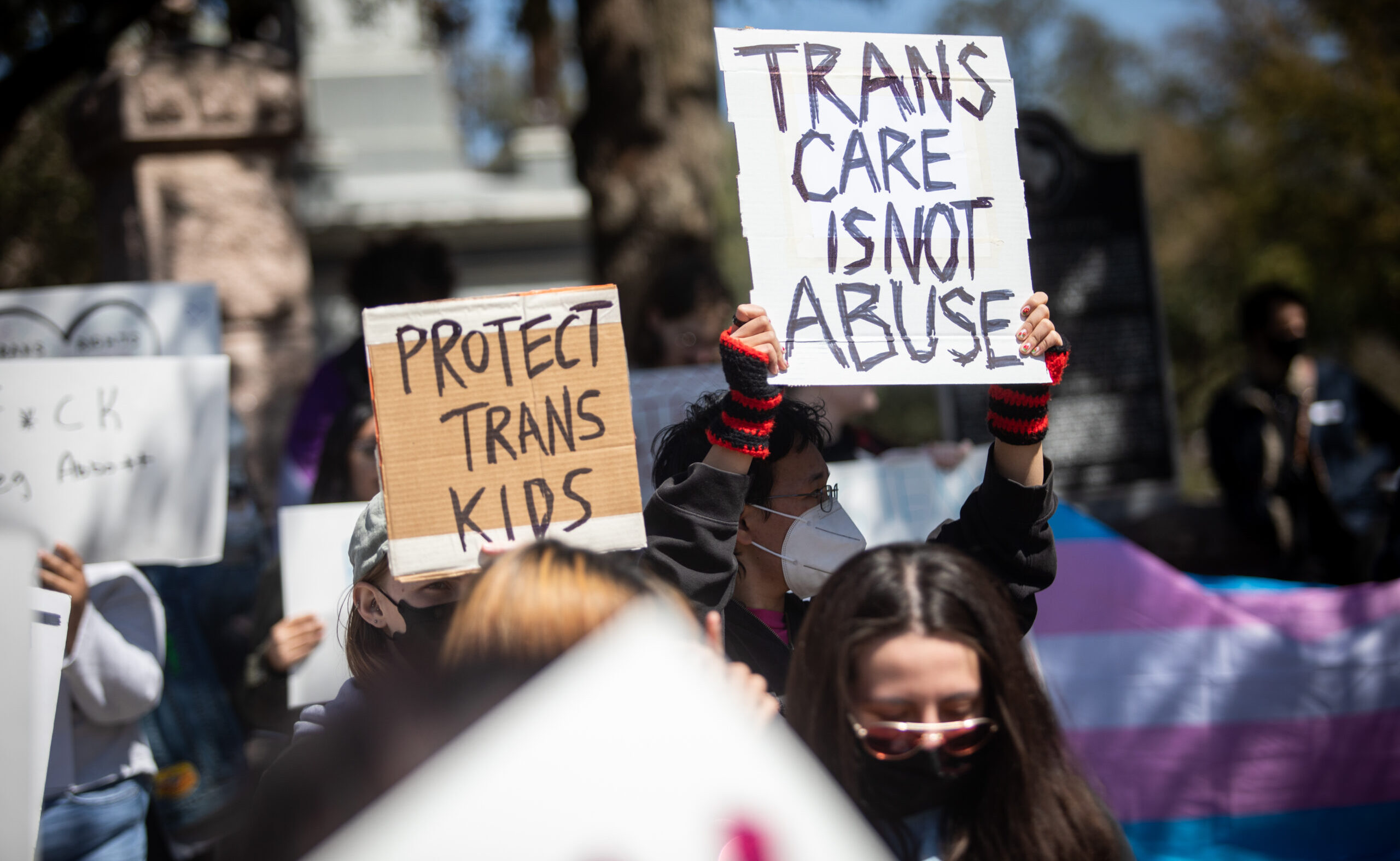About the author: Alissa Ehrenkranz is a Jackson resident, retired educational psychologist and the parent of a trans child, now a highly successful professional and happily married adult.
This year, a number of states legislated on the issue of gender-affirming care, which can be a very new and discomforting topic. As a psychologist, I often am asked to explain.
Gender-affirming care is actually an umbrella term for a variety of treatments for individuals who do not feel they fit into one of the two commonly identified genders of male and female. Not recognizing yourself as a specific gender, called gender nonconformity or gender diverse, can cause high degrees of psychological discomfort or distress, and in some cases, even suicidal levels of depression formed from a deep feeling of being separated from the body you live in.
The suicide rates for teens who experience this sense of bodily dislocation or dysphoria attempt suicide at three times the average national rate among cis-gender youth, those considered traditional males or females (AAMC, 2022).
The American Medical Association labeled this feeling “gender diverse,” or transgender, and recognizes this as a valid state of the individual’s sense of self. The American Psychiatric Association states that gender identity can run along a continuum, fluidly moving through combinations of male and female characteristics. To qualify as transgender, the feeling must be persistent, consistent and insistent over time. A CDC survey in 2014 reported only 0.06% (1.4 million people) of the U.S. adult population identified as trans — an underestimate, as only 19 states opted to include questions of gender identity. Also, only 0.7% of youth ages 13 to 17 identify as transgender (about 150,000). Youth who do identify as transgender report being aware of feeling “different” as young as 6 years of age (Olsen et al., 2015).
Gender may be conveyed through a variety of culturally established types of behaviors, dress and personality traits. Individuals who identify as transgender may express their sexuality as heterosexual, homosexual or asexual, separate from their gender identity. I know very few people who live as stereotypes of a gender, like real-life Barbie or Ken dolls, so finding a comfortable resting place between two opposites seems natural.
What is gender-affirming care? First is psychological, classic talk therapy, to support and affirm the individual’s gender identity. That can happen for years before a decision is made to move into medical treatments. That decision, if made at all, is decided by a team of medical, psychiatric, social work and family participants who assess the necessity of next steps. Dr. Katherine Imborek, co-director of the University of Iowa Health Care’s LGBTQ Clinic, provides hormone-based care because “it decreases depression, anxiety and suicide attempts” and considers it a “medical necessity, like providing insulin to a person with diabetes” (AAMC, 2022).
Hormone therapies are generally “puberty blockers.” These are targeted to slow or stop the release of sex hormones. This treatment is designed to allow the individual time to assess their gender identity and is fully reversible. A Stanford University School of Medicine study concluded that those who undergo hormone therapy in adolescence experience fewer thoughts of suicide, less drug and alcohol abuse behaviors and fewer mental health issues overall. Another form of hormone therapy generates or limits typical sex characteristics (deep voice or not, facial hair/none, breasts minimized or developed), also reversible.
The last, very infrequent, stage of gender reassignment is surgery. This stage has been assessed at 56 genital surgeries from 2017 to 2021 through a study authored by Reuters using Komodo Health Inc.’s analysis of insurance claims. Match that with the 3,200 cosmetic breast enlargement surgeries performed on cis girls ages 13 to 19 in 2021 (Adamczeski, 2022). These are insurance figures; it is safe to assume there are more unaccounted for paid out of pocket. To date, only 8% of transgender adults regret their surgeries. Most do so because of the poor quality of medical care they received, not the gender change (GenderGP, 2020).
The leading national medical authorities have clearly established the accepted protocols for any gender-affirming care. The American Academy of Pediatrics, American Medical Association and American Psychiatric Association recognize gender dysphoria as an established clinical condition, and the American Psychiatric Association has added it to the latest edition of its standard diagnostic manual.
Wyoming considers itself a libertarian state, where we allow each other the freedom to be our best selves. We need to stay focused on the really important things like protecting our wilderness, keeping our water and air clean, supporting young entrepreneurs and finding new forms of fuel for the future (nuclear in Kemmerer). Let’s make sure that we don’t lose the next generation of movers and shakers because they don’t dress like Barbie and Ken (or if Ken dresses like Barbie).

